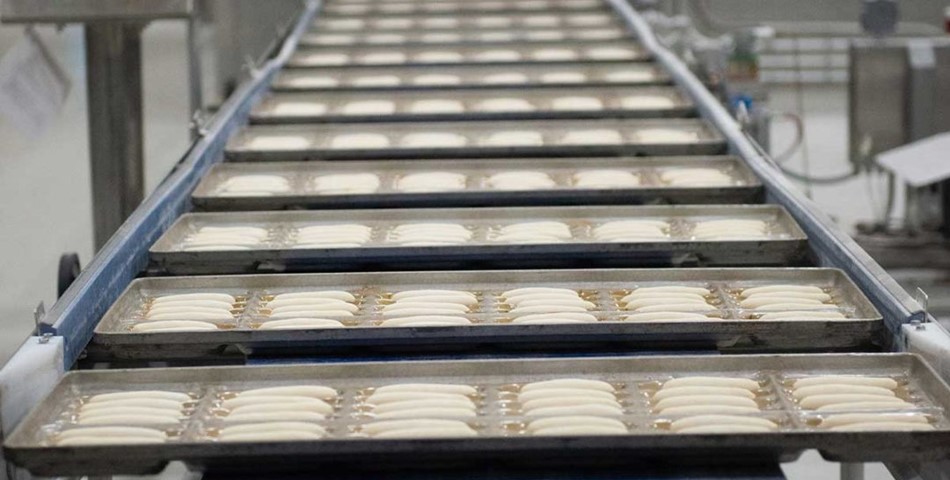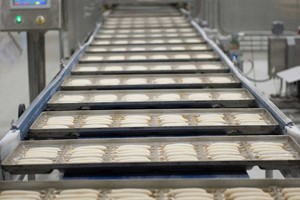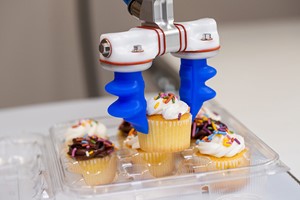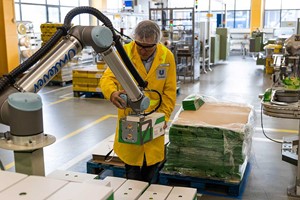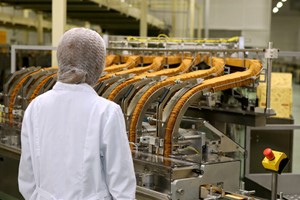Peak production runs, whether routine holiday runs or unforeseen booms in production, can put equipment through the paces. Maintenance is the most critical aspect to ensuring equipment will come through peak production in decent shape. It’s also an easy thing to let fall by the wayside when lines are running nonstop. Equipment that is already well-maintained and in good condition will have an easier time being pushed than equipment that is aging or hasn’t been maintained.
“If the equipment was brand new and in tip-top shape, you can push it much longer than something that’s on its last leg,” said Rowdy Brixey, president of Brixey Engineering. “Bakers who are in that boat aren’t playing catch-up, but they are seeing the impact and reacting to it. Bakers who found themselves behind the curve before the pandemic are really struggling on all fronts. … The equipment dictates.”
As bakers prepare for peak periods, challenge studies can be a helpful tool to understanding the equipment’s needs.
“Challenge studies in advance can determine how long production can be maintained before cleaning is required to minimize food safety issues,” said Earl Arnold, global quality manager, food defense and FSMA, AIB International.
Knowing how long equipment can run without cleaning and anticipating peak production are powerful data points for bakers. With this knowledge, they can implement preventative maintenance to ease any burden on the equipment.
“Prior to increasing a production run, consider reviewing and enhancing the preventive maintenance of the line by conducting preventive maintenance early before a major run as a precautionary measure,” said Rod Martell, technical partner, operations, AIB International. “Facilities should also analyze trends of maintenance issues to ensure that a proper inventory of equipment replacements are available.”
Mr. Brixey likened this to changing the tires on a car right before a long road trip. The tires — or components on a piece of bakery equipment — might not be quite ready to be replaced, but why chance a breakdown while under the strain of a cross-country drive, or long production run.
“Take the components you would normally allow to run close to failure, and replace them before they reach that point,” he said.
He also recommended upgrading components to make them easier to maintain. For example, using a high-quality sealed-for-life bearing with eccentric locking collar and sealed for life gearboxes on conveyors can free up the manpower it would normally take to check basic conveyor bearings. This can have a positive labor reduction on approximately 40% of a bakery’s assets. Maintenance personnel can then use that time to focus on more critical assets in the plant.
“You don’t even need to change every component tomorrow, but as they need to be replaced, simply replace them as an assembly with something better,” he said.
Using higher quality parts is just one way bakers can make maintenance tasks easier and quicker, which is key when time is crunched. Bakers can also automate maintenance tasks like lubrication, which cannot be skipped but takes valuable time away from skilled maintenance workers.
Mr. Brixey also suggested that in some plants a total productive maintenance (TPM) approach may make maintenance and sanitation a more continuous process. While line operators would handle surface-level maintenance checks and sanitation tasks, skilled individuals would take care of replacing parts or deep cleaning.
“The operator owns the machine for level one diagnostics and sanitation,” he said. “This way allows you to allocate your labor resources.”
Charlotte Atchley




